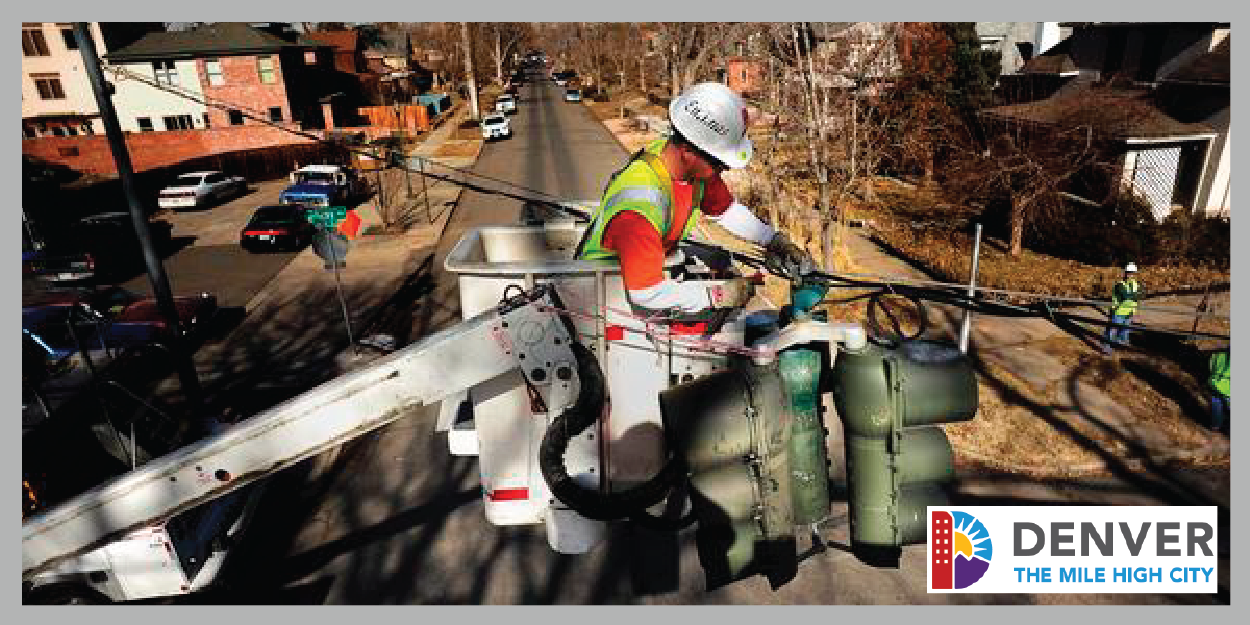Design the Future Process (Increase Responsiveness and Velocity)
The City and County of Denver is committed to building and maintaining infrastructure to support the evolving needs of residents, businesses and visitors. As such, projects to improve mobility for vehicles, transit, pedestrians, cyclists, and those with disabilities are a high priority for Denver’s Department of Public Works, working with city and regional partners.
Denver T&M’s Challenge
A recent survey of the citizens of Denver showed their top concern to be traffic congestion. Consequently, Denver’ department of public works has chosen to develop an improved approach in gathering short-term feedback, understanding long-range requirements, and driving resourced responses to transportation-related implications. In addition, three major shifts have recently influenced Denver’s Transportation and Mobility Division: 1) significant changes in leadership; 2) the strategic direction related to Denver’s future for transportation shifting in the past 10 years or so—away from the vision of “hassle-free transportation” (an outcome of the appreciative inquiry process from the early 2000s) towards the need to maximize multi-modal forms of transportation within a more “fixed” view of Denver’s transportation-related infrastructure; and 3) and increasing demand for mobility and safety due to the exponential growth in population and development.
In aggregate, these factors presented a timely opportunity for the Transportation and Mobility Division to take a deep and wide look at its strategies, decision-making approaches, and its approaches to delivering scheduled capital improvements as well as day-to-day, non-scheduled activities. The ultimate goal is to build a high-performance and proactive culture that engenders both high respect for employees and stakeholders as well.
Our Solution
We are in the midst of phase two of a three-phase process related to increasing both the velocity and the responsiveness of Denver’s Transportation and Mobility Division. Phase one included an employee-lead, comprehensive “Design the Future Process (DTFP),” where the mission, vision, core functions and chosen approaches/methods/tools for Transportation and Mobility were optimized internally. The DTFP created a wide-ranging set of recommendations – which were endorsed by senior PW leadership.
Phase two of our process encompasses mission/vision, core function, and approaches/methods/tools integration and optimization of the Transportation and Mobility Division with other agencies primarily within Public Works. These agencies include: Right of Way; Policy, Planning and Sustainability; Capital Projects Management; Finance and Administration; Street Maintenance; PW Fleet Management; and Technology Services. We expect a series of comprehensive recommendations to come from Phase two.
Phase three will involve an examination of Transportation and Mobility within the greater context of the City and County of Denver. This phase is still being designed.
Outcome / Benefits
Thus far, the optimizations and integrations within the Transportation and Mobility division have resulted in dramatic improvements in timeframes to implement pilot projects (4-5 months instead of 2-3 years), more coordination related to programming and budgeting (resulting in fewer conflicts related to priority and spending), and significantly higher levels of morale, trust, and overall organizational productivity. Comprehensive outcomes and benefits are challenging to report as of now, as this project is still a work in process.


